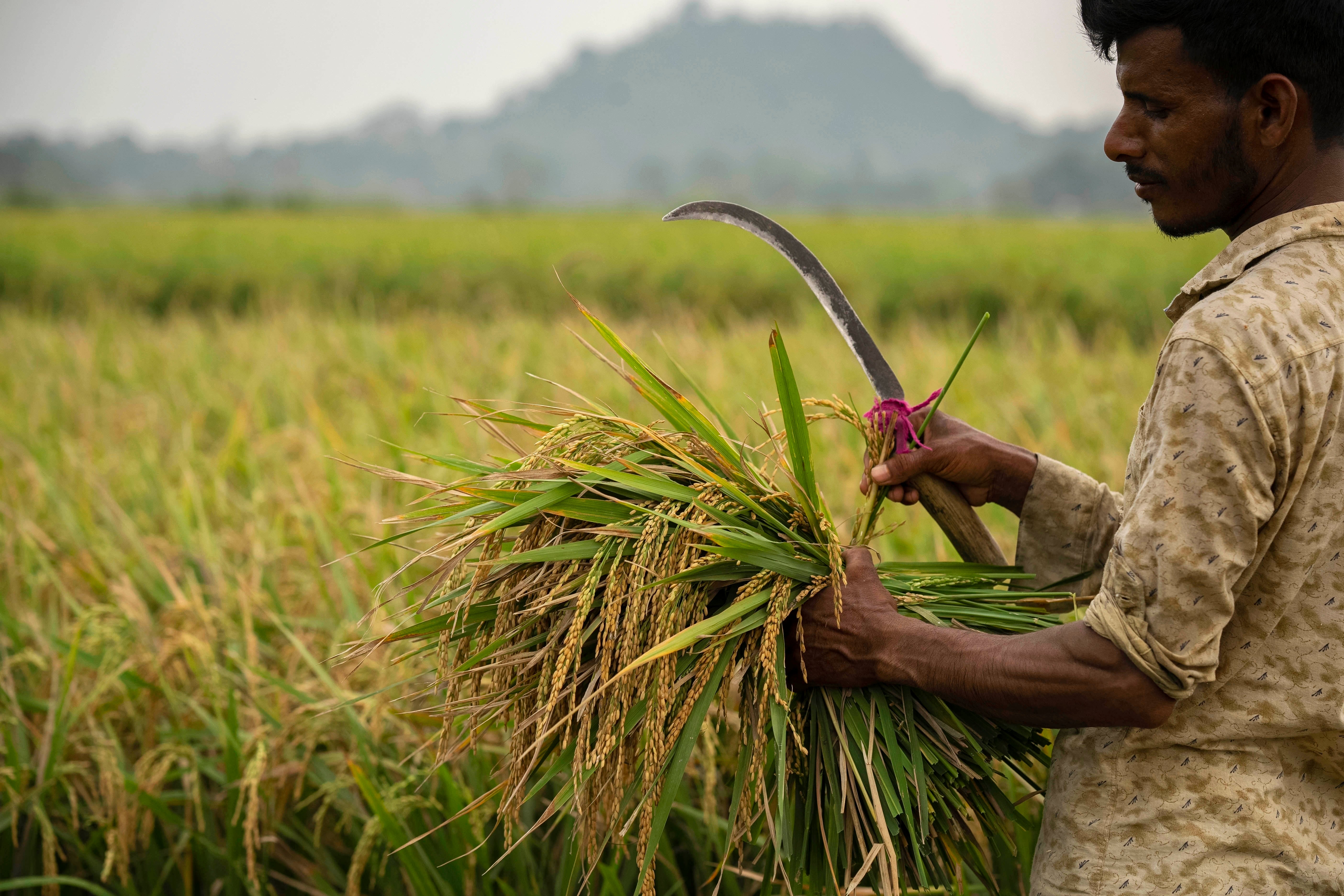India’s agri-economy is further supplemented by its status as one of the only two Basmati rice producers in the world. The country is also the largest exporter of the long-grained variety and has an elusive market share in Europe, the Middle East, Africa, and other key markets.
However, while Indian Basmati rice remains one of the most significant contributors to the country’s export goals, Indian brands often compete against foreign brands in key overseas markets, but the competitiveness is often not what it seems.
To begin with, Basmati rice remains the USP of India. Indian Basmati rice variants like Basmati 370, Pusa Basmati, and Conventional Basmati are widely regarded as the best products under the tag. They offer a largely distinctive aroma and exceptional taste that has been able to garner huge popularity.
In comparison, Pakistan remains the only other producer of Basmati rice in the world, however, its production and export numbers are largely minimal due to various factors.
The competition, therefore, remains majorly between Indian brands themselves, along with a few overseas brands that use Indian Basmati rice as their products. This creates a distinct competition than portrayed in the global markets.
Indian basmati rice in global markets
India has several trustworthy exporters of authentic Basmati rice that have gained traction in key international markets. These exporters share healthy competition among themselves but often face stark competition against international brands and exporters from neighboring Pakistan.
The United Kingdom (UK), Europe, Africa, and the Middle East have been key markets for Indian Basmati rice, where demand often overtakes supply during festive periods. Indian Basmati rice brands have come up with particular export goals for these key markets, and presently occupy the vast majority of it. However, overseas brands have also claimed a stake in these geographies, making it a three-pronged competition.

International brands that offer Basmati rice largely source them from Indian cultivators. Following sourcing, these overseas brands process and package the product domestically as well, which is called a White Labelling procedure. Similar to domestic exporters, they generate jobs in India and export them from here. However, many of them have a significant hold in their domestic markets, providing stark competition to Indian exporters. However, this process helps mitigate the supply gaps in several international regions and generates profit for Indian cultivators while contributing to the Indian economy.
A critical factor in this is the volume of Basmati exported by these international brands remains negligible to that of the Indian exporters, who do not perceive it as a concerning factor in business growth owing to the negligible volumes.
This is also because of the proactivity of the Indian government and the private sector, which has worked tirelessly to map out new markets across continents for Indian Basmati rice. Compared to a few decades ago, Indian Basmati rice exported by domestic exporters can be found in several new countries, and the demand for it has also been rising in many nations like Canada, the US, the Middle East, and Central Asian countries. If the entire international market is considered, a handful of Indian Basmati exporters hold over 90 percent of the market capitalization, driven by superior products and customer demands.
Challenges
While Indian exporters do not face stark competition in the international markets, they often face challenges due to unavoidable factors. Logistics issues, continental conflicts, and climate change play a critical role that often brings forward unforeseen challenges that disrupt the operations of Indian exporters. Addressing these challenges is often a large part of sustaining the supply chain and remaining competitive against overseas brands for Indian exporters. These instances may reduce
Indian exports in key markets, leading to exports from neighboring Pakistan to get an advantage. However, these remain periodical challenges that are addressed promptly and efficiently.
Furthermore, the Indian government plays a proactive role in safeguarding Indian exports to foreign markets with the inclusion of new trade routes that play a significant role in helping Indian exporters to compete globally. The government remains in constant dialogue with particular governments to establish new trade routes that are mutually beneficial and also address the periodic challenges posing a threat to Indian Basmati exports.
Future outlook
Basmati represents India’s finest export products in the international markets. Its demand has seen gradual growth in the last few decades and is expected to sustain this popularity while garnering more approval in the upcoming years. The Indian Basmati exporters have identified this trend well ahead, and are working towards growing their export capacities and establishing robust supply chains to new geographies.

Additionally, support from the Indian government in establishing rapid trade relations, such as the Free Trade Agreement with the UK has been crucial. The future of India’s Basmati exporters looks more favorable with the introduction of new regulations and governmental support as they increase their market capitalization and as Indian Basmati becomes synonymous with culinary excellence.
Additionally, the fact that Indian Basmati exporters currently occupy the lion’s share of the international markets and are scaling significantly with new markets at their sights also contributes to this positive outlook.
Source: The Hindu Bussiness Line





